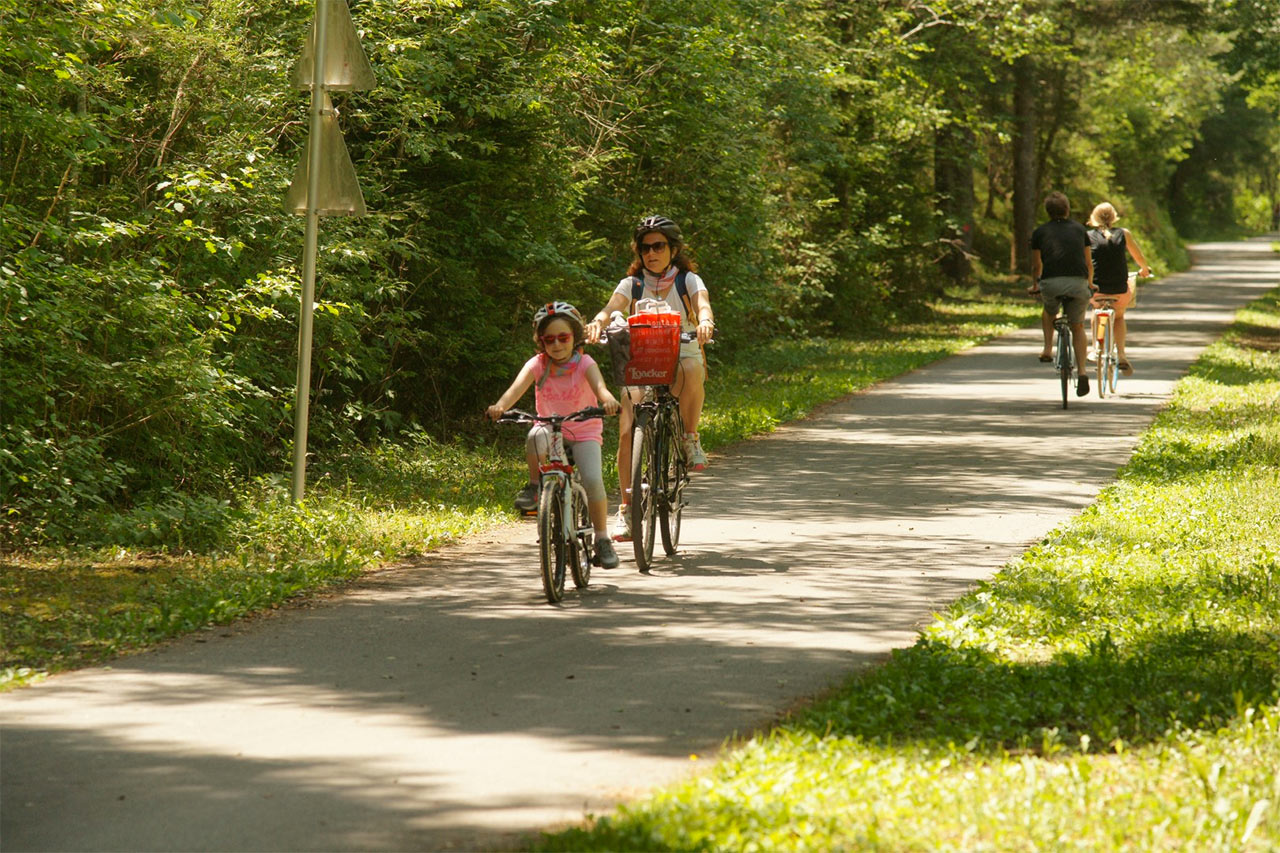Tips for Encouraging Your Kids to be More Active
The statistics show that future generations are becoming less and less active. On average, children and teens spend more than 6 hours a day using computers, phones, TVs, or other electronic devices for entertainment. Teenage boys spend the longest, averaging eight hours, while eight-year-old girls spend the least. Research has also shown that children are now using more than one device at the same time. If you’re concerned about the time your children spend on their electronic devices, now is the time to do something about it. If you want to encourage your kids to get more active here are some things you can do.
The Benefits of Being Active
Regular exercise provides several benefits for children. Kids who are physically active are more likely to be motivated, focused and successful in school. They will develop strong muscles and bones, maintain a healthy weight and get a better night’s sleep. Regular exercise decreases the risk of developing type 2 diabetes and leads to a better outlook on life.
How to Motivate Your Kids to be More Active
Encouraging kids to put down their electronic devices and be more active can be very challenging. There are three elements involved. First, you have to choose the right activities for your child’s age. Giving children plenty of opportunities to be active is also important as is keeping the focus on fun. If your children enjoy the activity, they will want to do it more. Practicing a skill so that they become better and feel a sense of accomplishment will make them want to continue.
Choosing Age-Appropriate Activities
To get your children to be more physically active, it is best to incorporate it into your daily routine. For toddlers and reception age children, playing actively should take place several times a day. As children get older the opportunities for regular exercise diminish as there are so many other things that get in the way. However, as children get older, there is more chance they can be involved in activities at school as well as classes or organised sports after school.
Before children go to school, it is play and exercise that will help them develop important motor skills. Riding bicycles, running obstacle courses, kicking and throwing balls, playing tag and follow the leader are all good exercises to consider. Organised team sports are more appropriate for older children. This is because they can understand complex rules and have the required attention span. This will encourage cohesion and working together, too.
As children get older, they will be spending more time in front of screens, so it becomes more challenging for you as a parent. Finding physical activity, they will enjoy can be difficult. There are many traditional sports such as football, basketball, hockey, and netball they can participate in at school. Outside of school, look into martial arts, biking, and hiking. Also, encourage your children to play outside if it is safe to do so.
When your children reach their teenage years, there are many more choices for being active. As well as school sports there will be after-school interests such as yoga, swimming, or skateboarding. You can help your teenager be more active by taking them to the various locations and providing the necessary equipment.

Reward Ideas to Motivate and Inspire Your Children
Rewards can help to motivate and inspire your children, and when they are young, the rewards don’t have to be financial. ChallengeCoins4Less, for example, is a company that can provide incentives in the form of collectable challenge coins. Encourage your children to exercise and reward them with challenge coins when they do. When they’ve collected enough, you can exchange them for something they want. As your children get older and exercise and activity become part of their daily routine, the rewards can change or there might not be a need for them at all.
Be a Good Role Model
One very important way to encourage your children to be more active is to be a good role model yourself. Sending positive messages about being active is also important. You can do it in several ways. If you’re active yourself your child is more likely to follow your lead. Praise and encouragement are vital if your child is having trouble with a certain activity. If they’re trying to ride a bike, for example, let them know they’re doing well and don’t let them give up after the first time they fall. When you’re a busy parent finding time to play actively with your children can be difficult. Make time for them, even if it’s only half an hour, and do something you both enjoy.
There are many activities you can plan and organise that will encourage physical activity. The whole family could go camping, hiking, or play a range of outdoor activities. Simple daily chores around the house such as gardening, washing the car, picking up toys or games at the end of the day are all physical activities.
Limit Screen Time
Child development experts recommend limiting your children’s daily screen time. Screen time relates to the time spent watching TV or DVDs, using computers, playing video or hand-held games, or using tablets or smartphones. Many people are concerned about the impact digital technology has on children’s mental well-being, social relationships and physical activity. Therefore, if you can limit the time your children spend using these devices it is going to benefit them in many ways.
Whatever activities or exercise you organise for your children, make sure they use the appropriate protective equipment. Always think about safety to minimise the risk of injury. Before letting them take part in any sport consider medical conditions that might affect their ability or safety. Consult with your medical practitioner if you’re at all uncertain. Children and young people of all ages should avoid spending long periods of time sitting down without moving. Time spent using computers or TV should be limited and they must take regular breaks from studying.



